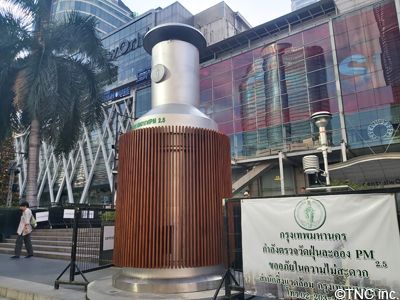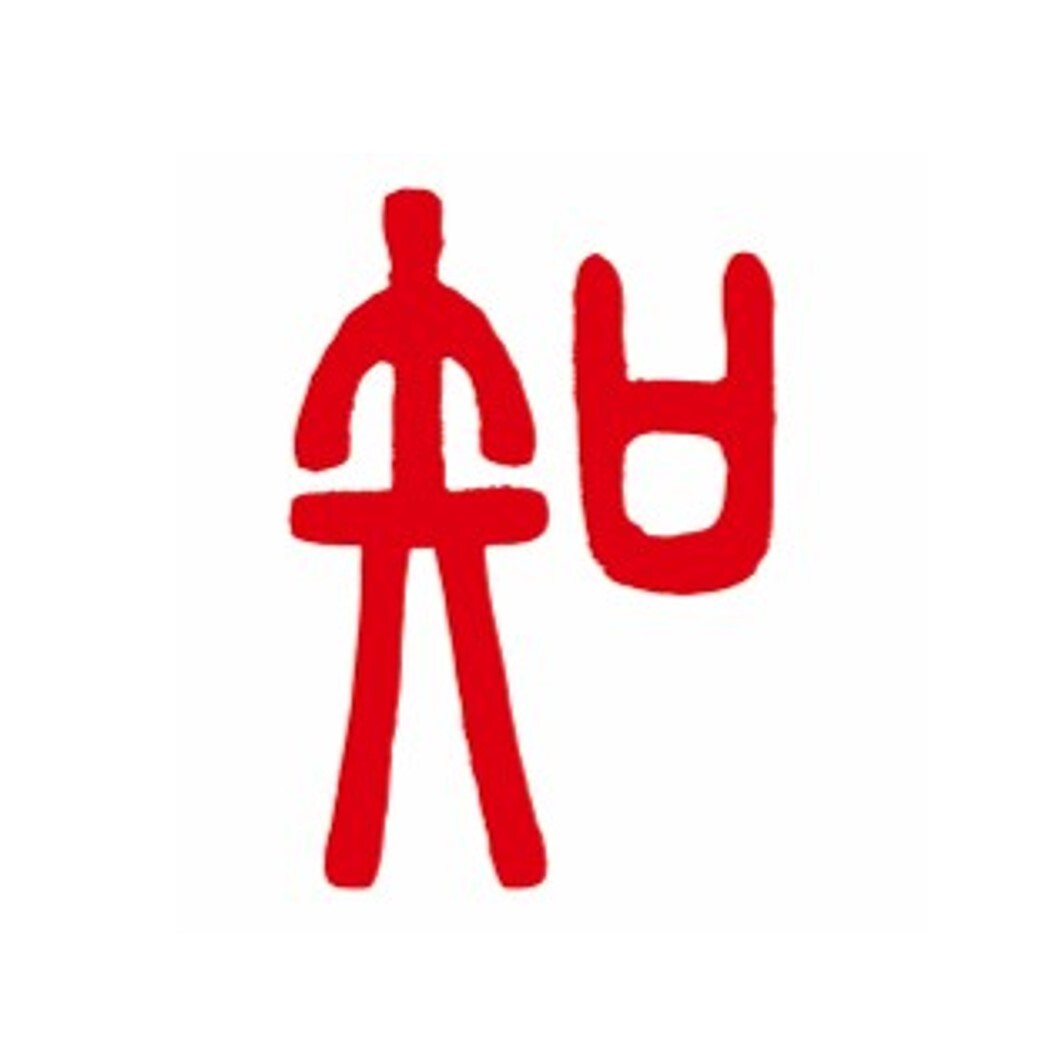【タイ】乾季のバンコクでPM2.5濃度が上昇/N95マスクが必須アイテムに
- 公開日:2020/01/27
- 4583 Views

息苦しさ、目のかゆみ…深刻になる大気汚染
タイ首都バンコクとその周辺では、2018年末から2019年2月にかけて、微小粒子状物質(PM2.5)の濃度が国が定める基準値を上回り、健康への影響が心配される日が続いた。国立開発行政研究院(NIDA)が2019年1月に実施したアンケート調査によると、PM2.5の影響について5割以上の人が、息苦しさや鼻の痛み、目のかゆみといった身体への影響を感じると答えており、大気汚染の深刻さを実感することとなった。PM2.5の数値が高い時期には、バンコク市民の間でPM2.5対応のN95マスクが必須アイテムになった。一部の会社や学校では、N95マスクを支給し、ドラッグストアやオンラインショッピングでも一枚55バーツ(約200円)程度で発売された。2019年9月の終わりにかけても、一時的にPM2.5濃度が上昇。バンコク都は10月に入り、1,000㎡の空気処理能力がある巨大空気清浄機を、ショッピングモール「セントラルワールド」前に設置した。乾季を間近に控えて、一部のインターナショナル校では空気清浄機を導入するなど、対策が始めている。一般家庭でも、空気清浄機を取り入れる家庭が急増。大手ショッピングモールグループ「TheMall」によると、2019年1月の空気清浄機の販売台数は前年同月比の900%と、在庫切れの状態が続いた。
車の排気ガスや粉塵が大気汚染の原因
バンコクにおけるPM2.5の主な原因とされるのは、車の排気ガスだ。特に12月から3月にかけては、乾季のため雨が降らず、風が弱く空気が滞留しやすい状態になるため、空気中に排出される粉塵が溜まりやすい。9月の濃度上昇の際も、乾季のような大気の状態が原因であった。PM2.5の問題は以前より指摘されていたが、バンコク上空が白く霞み身体に具体的な症状を感じるようになったのは、2017年末頃からだ。街中には、未だ黒煙出す古い型のバスやトラックなどが走行している。また、都内の各所で進む公共交通機関や道路、ビルの建設現場から出る粉塵も大気汚染の原因となっている。タイ政府やバンコク都は、交通渋滞の軽減や、排ガス規制違反車の取り締まり強化や、学校の臨時休校、人工降雨といった措置を取ったが、根本的な解決には至っていない。今後自動車の排ガス基準を現行のEURO4からEURO5へ引き上げる方針を固めているが、業界関係者の準備が追いつかず、導入は2024年となる見込みだ。

-

執筆者プロフィール
TNCアジアトレンドラボ
株式会社TNCが運営する、アジアのトレンドを研究・発信する情報機関。現地の生活者の暮らしや生活習慣に根ざしたトレンドからインサイトを見出し、企業のマーケティング活動の支援を行っています。
http://tnc-trend.jp/ -

編集者プロフィール
インテージ
***
 Global Market Surfer
Global Market Surfer CLP
CLP